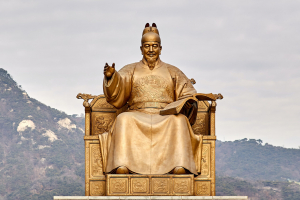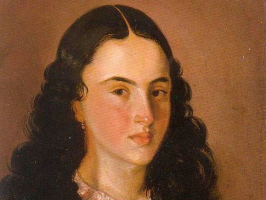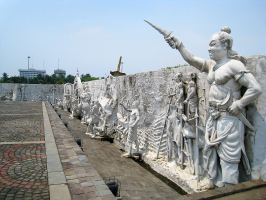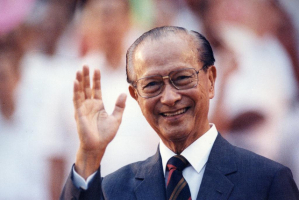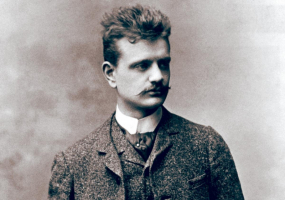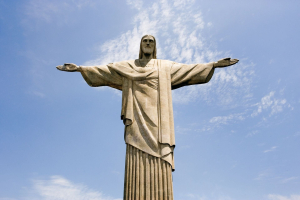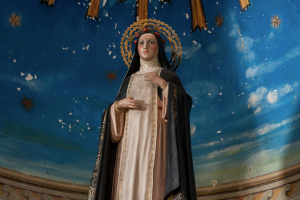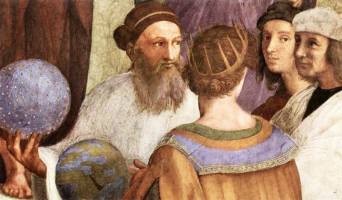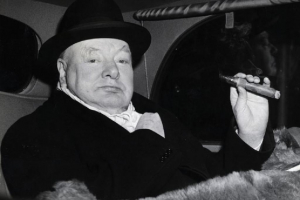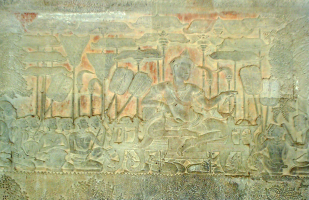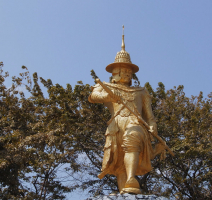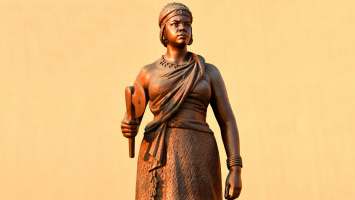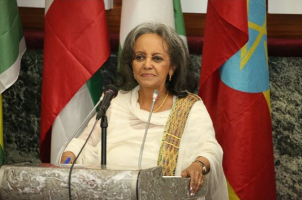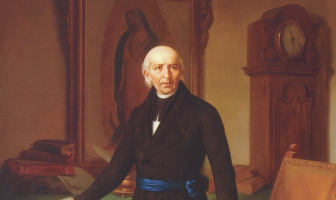Top 4 Most Important Historical Figures In Oman
Like other countries in the world, the history of Oman also records many figures who have made great contributions to the history of the country. And here are ... read more...the most important historical figures in Oman!
-
Ahmad bin Said al-Busaidi (1694 – 15 December 1783) was the first Al Said dynasty monarch of Oman. He came to power at a time when Oman was divided by civil conflict and substantial areas of the nation were conquered by the Persians. During his long reign as Imam, the kingdom thrived and reclaimed its dominance in the Persian Gulf.
By late 1744, Ahmad had gained control over a major portion of Oman. Bal'arab bin Himyar of the Yaruba was elected Imam in 1743, with the assistance of a certain Ghafiri of Dhahireh and the Semail. Bal'arab bin Himyar assembled a large force and pushed on Muscat, but was unable to capture the city. He then tried to kidnap Sohar. Ahmad went to the town's rescue, but was forced to leave after his forces left him at the Battle of Bitnah around the beginning of 1745. Ahmad made excuses to avoid paying tribute, so the Persians couldn't pay their men in Muscat, and many defected.
As the one who had liberated the kingdom from the Persian occupiers, Ahmad bin Said had great popular support. He quickly cemented his power using whatever methods were available. In his outlook as a ship owner and merchant, he saw the economic potential of Oman's position on trade routes and secured the support of tribal chiefs by engaging them in business endeavors. From there, he governed for 39 mostly tranquil years, despite intrigues by relatives of the deposed Ya'Aruba dynasty, other tribes, and two of his sons. Ahmad bin Said promoted agricultural and maritime trade development. For the first time in Oman's history, Ahmad bin Said kept a regular army and navy. In the late 1770s, he attempted to seize control of the Strait of Hormuz, which connected the Gulf of Oman to the Persian Gulf. Ahmad bin Said restored Oman's position as the leader of the Persian Gulf kingdoms.
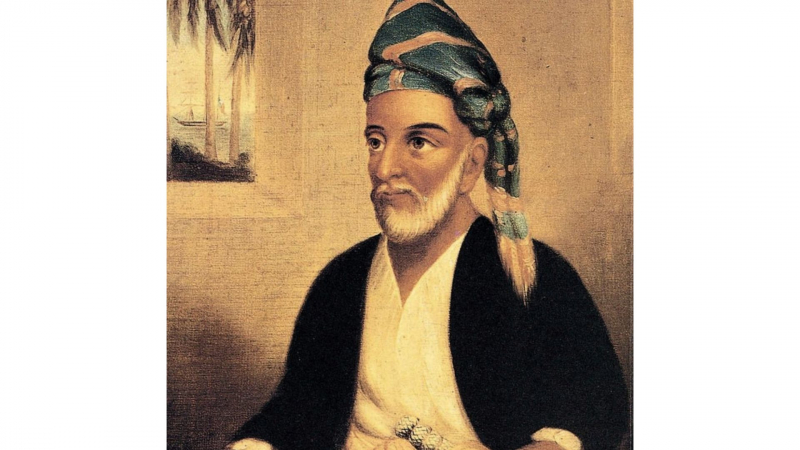
Photo: Wikidata 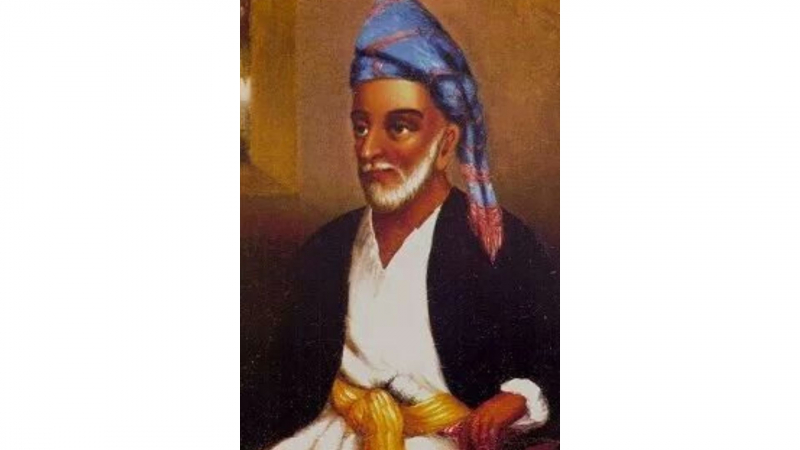
Photo: Pinterest -
Sabin bin Taimur is definitely one of the most important historical figures in Oman. Said bin Taimur (August 1910 – 19 October 1972) was the 13th Sultan of Muscat and Oman from 10 February 1932 until his son Qaboos bin Said deposed him on 23 July 1970. He was a member of the House of Al Said and succeeded his father Taimur bin Feisal, who had abdicated for financial reasons, as Sultan of Muscat and Oman in 1932. Said, 21, took over an administration that was in debt. With the assistance of the British SAS, he cemented power and reclaimed control of the tribal heartland, bringing Muscat and Oman together. Said moved from Muscat to a beach town in Dhofar when the country was reunited. Muscat and Oman gained complete sovereignty and independence from him in 1951.
After completing his year-long studies in Baghdad, Said returned home and served in the Omani government. In August 1929, he was elected President of the Council of Ministers. Sultan Taimur's incapacity to control Oman's state affairs left an opening for a new leader. The British adored Said, and in February 1932, at the age of 21, he was crowned Sultan of Oman. Sultan Said inherited a country severely in debt to the United Kingdom and British India. His country needs to regain economic independence in order to break away from Britain and sustain sovereignty. As a result, beginning in 1933, he controlled the state budget until his overthrow in 1970.
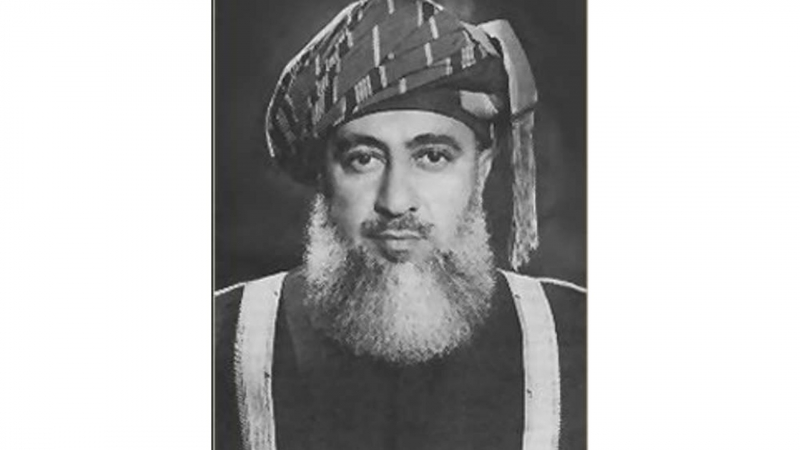
Photo: Pinterest 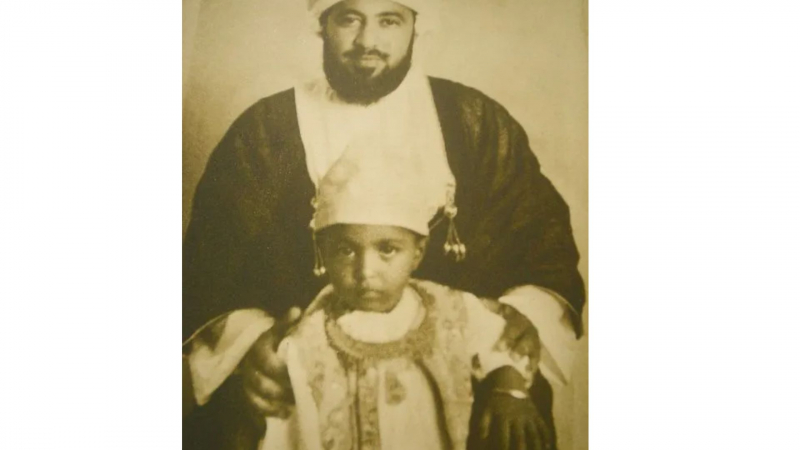
Photo: Unofficial Royalty -
Qaboos bin Said Al Said (18 November 1940 - 10 January 2020) was Sultan of Oman from 23 July 1970 until his death in 2020. He was the longest-serving leader in the Middle East and Arab world at the time of his death, being a fifteenth-generation descendant of the founder of the House of Al Said. Qaboos was educated in Suffolk, England, as the only son of Said bin Taimur, Sultan of Muscat and Oman. He joined the British Army after graduating from the Royal Military Academy Sandhurst. When he returned to Oman in 1966, he was subjected to severe limitations imposed by his father. Qaboos succeeded to the Omani throne in 1970 after toppling his father in a coup with British help. The country was renamed the Sultanate of Oman later on.
As Sultan, Qaboos initiated a modernisation agenda that removed Oman's international isolation. During his rule, the country's living standards and development improved, slavery was abolished, the Dhofar Rebellion ended, and Oman's constitution was promulgated. Qaboos used oil resources to develop the country. Schools and hospitals were built, and a modern infrastructure was established, with hundreds of kilometers of new roads paved, a telecommunications network established, projects for a port and airport that had begun prior to his reign completed, and a second port was built, as well as electrification. The government also started looking for new water supplies and established a desalination plant, and it supported private enterprise growth, particularly in development projects. As the country's economy evolved, banks, hotels, insurance businesses, and print media began to appear.
Qaboos died in 2020 after suffering from bad health in later life. He had no offspring, hence he required the royal court to agree on a successor after his death. As a precaution, he hid a letter naming his successor in the event that an agreement could not be reached. Following his death, the royal court chose to read Qaboos' letter and appointed his cousin Haitham bin Tariq as sultan.
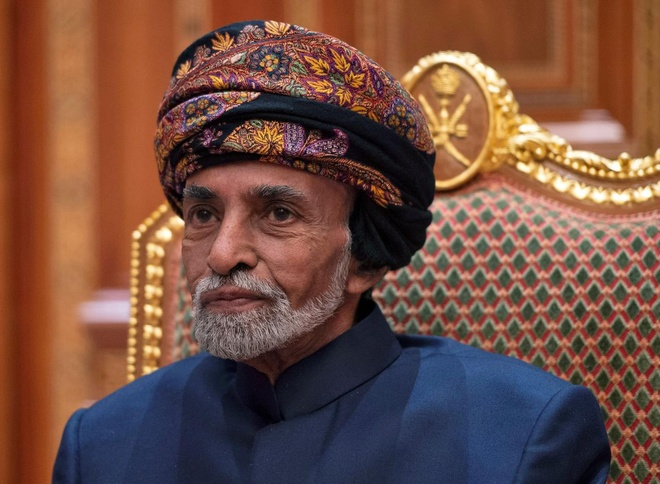
Photo: Google 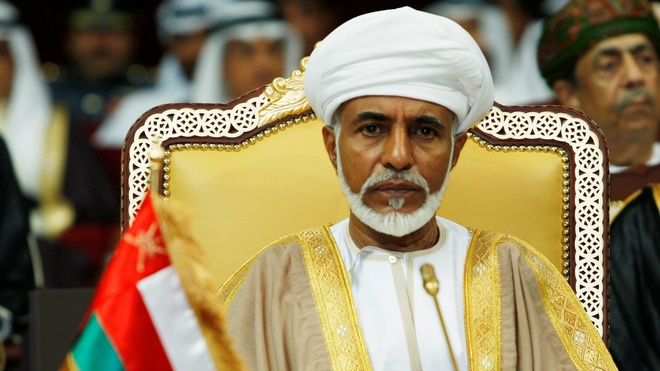
Photo: Pinterest -
Ghalib bin Ali bin Hilal Alhinai (1912 – 29 November 2009) was Oman's last elected king as well as one of the most important historical figures in Oman. Ghalib served as the Qadi (judge) of Rustaq and Nizwa before becoming Imam. He then became the Imamate's Treasurer. Following the death of his predecessor, Imam Alkhalili, on 3 May 1954, Ghalib Alhinai was elected Imam (ruler). His father, Ali bin Hilal Alhinai, was the Wali (governor) of Rustaq before. In the 1950s, his brother Talib bin Ali would become an effective and resolute leader of the Imamate revolt against the Sultan of Muscat.
Oman was divided into two parts: the interior, known as the Imamate of Oman, and the coastal region, known as the Sultanate of Muscat. As the defense secretary and chief of intelligence, chief adviser to the Sultan, and all ministers save one, the British government had extensive authority over the Sultanate. Shortly after being elected, Imam Ghalib commanded the Imamate of Oman in the Jebel Akhdar War against Sultan Said Bin Taimur, which was sponsored by the British government.
Imam Ghalib delegated the subject to the Arab League and the United Nations in order to seek recognition and legitimacy for the Imamate of Oman. The UN General Assembly passed the 'Question of Oman' resolution in 1965, 1966, and 1967, calling for the British government to stop all acts against locals, abolish British sovereignty over Oman, and reaffirm the Omani people's fundamental right to self-determination and independence. The 'Oman question' remained on the UN General Assembly agenda every year until 1971. The cause of the Imamate was supported till 1970. He continued to receive many visitors from Oman until his death, and the people of Oman held him in high regard. He died in Dammam on November 29, 2009, at the age of 96.
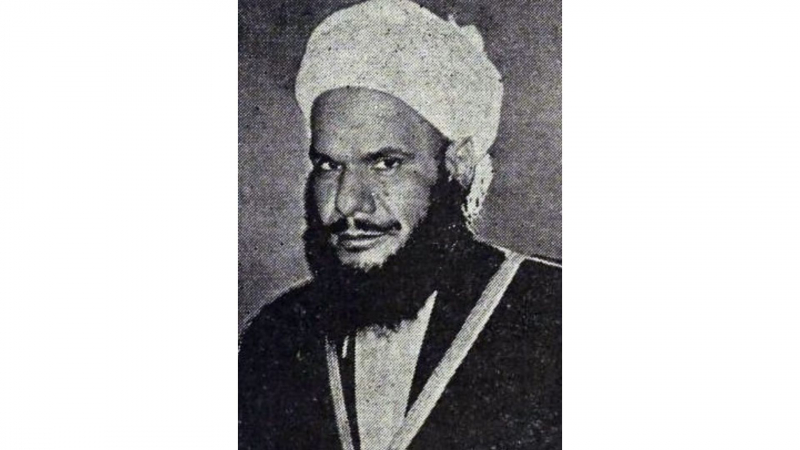
Photo: Wikipedia 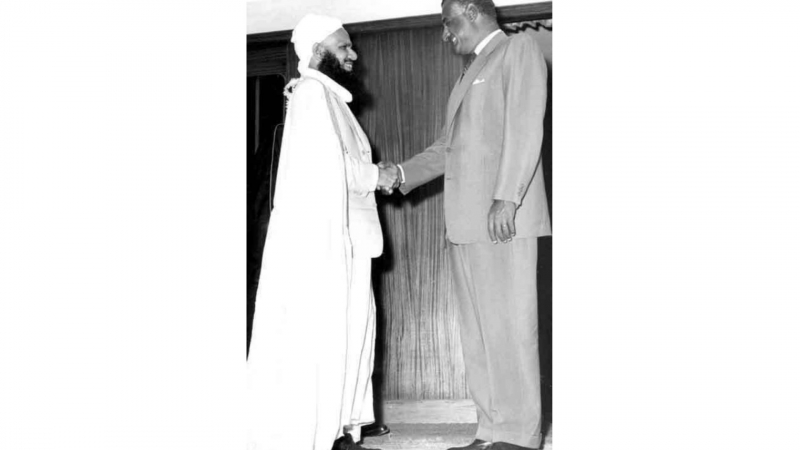
Photo: Wikimedia Commons








